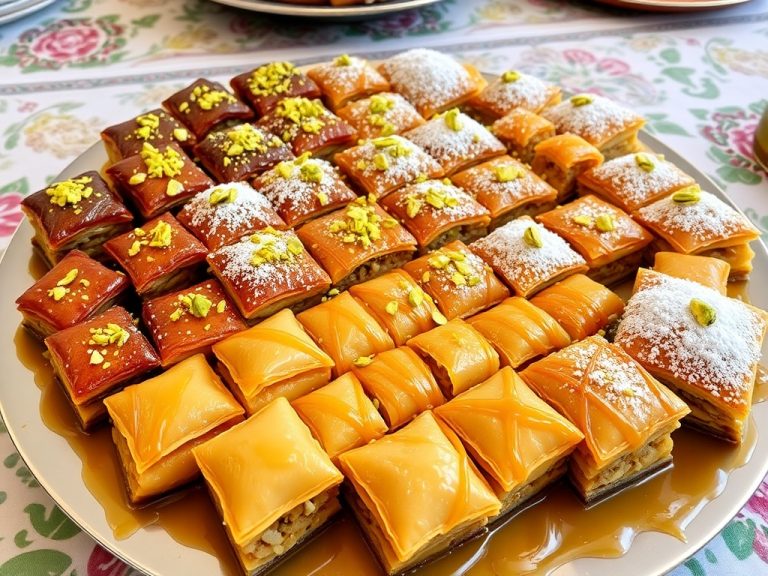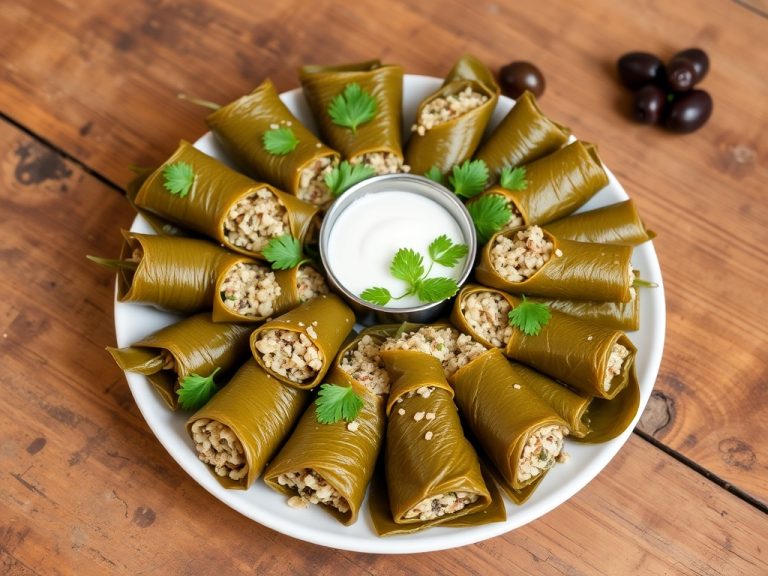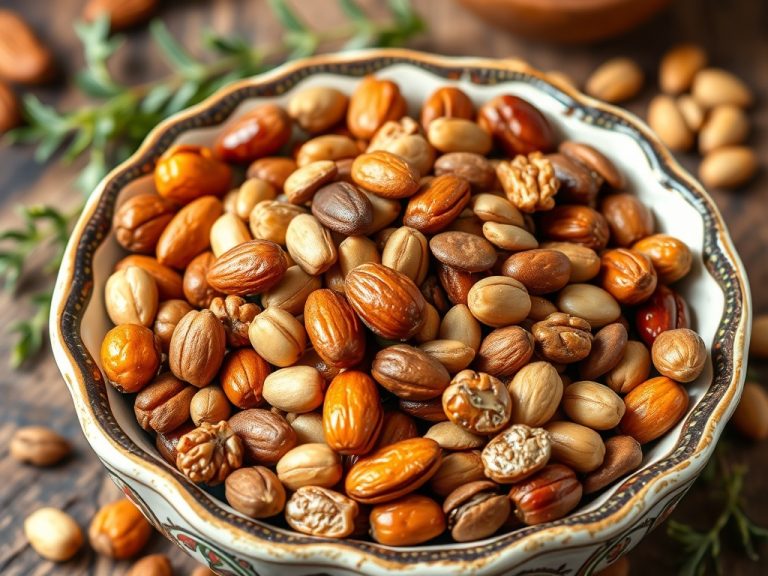
Introduction
Greek pistachio halva is a beloved sweet treat that showcases the rich culinary heritage of Greece. This delightful confection, characterized by its unique blend of flavors and textures, is made primarily from tahini (sesame paste) and sugar. The addition of pistachios not only enhances its taste but also adds a beautiful green hue, making it visually appealing and a favorite among dessert lovers.
History of Halva
Halva has a long and storied history, with roots tracing back to the Middle East. The term “halva” itself means “sweet” in Arabic, and variations of this dessert can be found in many cultures across the region. In Greece, halva became popular during the Ottoman Empire, where it was embraced and adapted to local tastes. Over the years, it has evolved into a staple of Greek cuisine, often associated with religious fasting and celebrations.
The traditional preparation of halva varies from region to region. In Greece, it is typically made with tahini and is distinct from other varieties that may use flour or semolina. Each region boasts its own twist, incorporating local nuts or flavorings, but Greek pistachio halva remains one of the most cherished versions.
Ingredients
The basic ingredients for Greek pistachio halva include:
- Tahini: The primary ingredient, tahini provides a rich, nutty flavor and creamy texture that is essential to the halva.
- Sugar: This sweetener balances the richness of the tahini, creating a harmonious flavor profile.
- Pistachios: These nuts add a delightful crunch and vibrant color, elevating the halva both in taste and appearance.
- Water: Used to dissolve the sugar and create a syrup.
- Optional Flavorings: Such as vanilla or lemon zest, which can enhance the overall flavor of the halva.
Preparation
Making Greek pistachio halva is relatively straightforward and can be done in a few simple steps. Here’s a detailed recipe to try at home.
Ingredients
- 1 cup tahini
- 1 cup sugar
- 1 cup water
- 1 cup crushed pistachios
- 1 teaspoon vanilla extract (optional)
- A pinch of salt (optional)
Instructions
- Prepare a Pan: Grease a rectangular or square baking dish with a little oil or line it with parchment paper for easy removal.
- Make the Syrup: In a medium saucepan, combine the sugar and water. Heat the mixture over medium heat, stirring until the sugar fully dissolves. Once dissolved, bring it to a boil and let it simmer for about 5 minutes. This syrup should reach a soft ball stage, which means it should form a soft ball when a small amount is dropped into cold water.
- Mix Tahini and Syrup: In a large mixing bowl, combine the tahini and the hot sugar syrup. Stir quickly and thoroughly until well combined. The mixture will become thick and creamy. If using, add the vanilla extract at this stage for added flavor.
- Add Pistachios: Fold in the crushed pistachios until they are evenly distributed throughout the mixture. The texture and color of the pistachios will enhance the halva.
- Set the Halva: Pour the mixture into the prepared baking dish. Use a spatula to smooth the top and ensure it is evenly spread. Let it cool at room temperature for several hours or until it is fully set.
- Slice and Serve: Once firm, remove the halva from the dish and cut it into squares or rectangles. Serve it as a sweet snack or dessert.

Serving Suggestions
Greek pistachio halva can be enjoyed in various ways, making it a versatile treat:
- As a Standalone Snack: Enjoy it on its own, savoring the rich flavors of tahini and pistachios.
- With Honey: A drizzle of honey adds an extra layer of sweetness and complements the nutty flavor.
- Fresh Fruits: Pairing halva with fresh fruits like figs, pomegranates, or citrus can enhance the flavor profile and provide a refreshing contrast.
- Accompanying Beverages: Serve it alongside coffee or herbal tea for a delightful afternoon snack or dessert.
Health Benefits
Halva, particularly when made with tahini, offers several health benefits that make it a guilt-free indulgence:
- Rich in Nutrients: Tahini is packed with essential nutrients, including protein, healthy fats, vitamins, and minerals such as calcium, iron, and magnesium.
- Energy Boost: The natural sugars from the halva provide a quick source of energy, making it a great snack for a midday pick-me-up.
- Antioxidants: Pistachios are rich in antioxidants, which help protect the body from oxidative stress and inflammation.
- Heart Health: The healthy fats found in tahini and pistachios can contribute to heart health by lowering bad cholesterol levels.
Cultural Significance
In Greece, halva holds cultural significance, especially during religious fasting periods. It is often served during Lent and other occasions when dairy products are restricted. The preparation and sharing of halva can symbolize hospitality and generosity, making it a popular choice for gatherings and celebrations.
Conclusion
Greek pistachio halva is more than just a dessert; it is a celebration of flavors, tradition, and community. Its unique combination of ingredients and textures makes it a delightful addition to any table, whether during festive occasions or as an everyday treat. By trying your hand at this simple recipe, you can savor a piece of Greek culinary history, sharing in a tradition that has delighted generations. Enjoy the process of making it, and indulge in the rich flavors that make Greek pistachio halva truly special.



